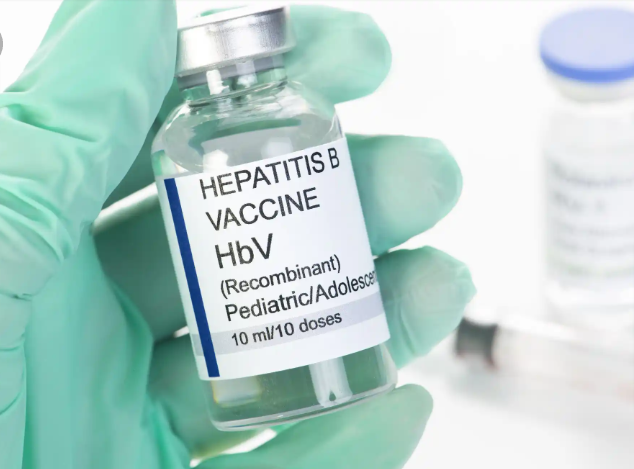Babies ‘failing to breathe and cry’ sooner after birth are deprived of oxygen and are said to have birth asphyxia. The term birth asphyxia is a clinical state characterized by diminished blood flow or gas exchange to or from the fetus in the period immediately before, during, or after the birth.
With prompt and effective resuscitation at birth, some of these babies might be spared of the resultant brain and multiple organ damage or death.
However, a significant number of these newborns aren’t that lucky especially in resource-poor settings, often because skilled personnel are scarcely present to conduct delivery and resuscitation.
Burden
Birth asphyxia is a major reason for newborn admissions and an important cause of death, accounting for about 26% of neonatal deaths and an estimated 691, 000 (11%) under-five deaths globally in 2015.
Furthermore, it is a principal cause of long term neurodevelopmental abnormalities among survivors. The burden of birth asphyxia is disproportionately high in most LMIC, accounting for 30% to 40% of newborn admissions and deaths in some reports.
The high burden of birth asphyxia in these settings is partly because delivery by skilled personnel is abysmally low.
Consistently, available evidence has shown that babies with birth asphyxia are mostly delivered outside health facilities across the LMIC. According to the Nigerian Demographic and Health Survey, only 39% of live births in the 5 years preceding the survey took place in a health facility and only 43% of births were assisted by a skilled provider.
Associated factors
The following are factors associated with birth asphyxia;
a. Maternal hypertensive disorders in pregnancy – it compromises blood supply to the baby
b. Prolong labour
c. Ruptured uterus during labour
d. Placenta abruption – sudden separation of placenta before delivery
e. Large baby (>4.0kg)
f. Pregnancy with multiple babies
g. Babies with abnormal presentation other than the head e.g., lower limbs or buttocks
h. Maternal infection during labour e.g., malaria or bacterial infection
i. Maternal bleeding before delivery
j. Babies with umbilical cord wound around their neck
k. Cord prolapsed – umbilical cord jutting out of the birth canal before or during labour
l. Inadequate skilled personnel to conduct newborn resuscitation
m. Lack of antenatal care or poor quality of antenatal care
n. Delivery outside health facility e.g., home
o. Labour not supervised by skilled birth attendants
p. Low socio-economic class
q. Poor health infrastructure
r. Maternal diabetes
Solutions
Scaling down the number of babies with birth asphyxia will significantly reduce the pressure on the already limited numbers of existing newborn health facilities in most LMIC.
Additionally, associated deaths and long term neurodevelopmental abnormalities will be reduced. This can be achieved by pragmatically addressing factors associated with the burden of the disease thus;
a. Awareness creation – Providing information about risk factors of diseases has been shown to have a greater and longer-lasting impact attitudinal change. Studies conducted in antenatal clinics and newborn units’ have revealed poor knowledge of birth asphyxia and its risk factors among mothers.
Awareness creation using multiple outlets (e.g., antenatal clinics, national and local TV stations, social media) and in local languages should thus be explored. This would increase the knowledge of the populace about birth asphyxia leading to improve healthcare-seeking behaviour hence, stemming the tide of birth asphyxia.
b. Improved antennal care (ANC) services – Antenatal care provide a window of opportunity to identify and manage some of the risk factors for birth asphyxia and plan delivery. However, in most LMICs ANC attendance is still low and it is often not adequate.
For instance in 2018, only about half of women who delivered in the preceding 5 years in Nigeria had at least four required ANC visits. Also, studies have shown that mothers of babies who had birth asphyxia are more likely to have received ANC in lower cadre health facilities other than the tertiary centres and this brings to the fore the need to pragmatically address inequalities in the services rendered across various healthcare levels
c. Optimizing maternal health – Prospective mothers must maintain optimal health before and during pregnancy to ensure a good outcome for the mother and babies. Risk factors such as hypertension and diabetics should be sort for and be adequately controlled if present.
d. Improved health infrastructure – undoubtedly, healthcare systems have a huge role to play in reducing the burden of birth asphyxia. Ensuring safe delivery and effective newborn resuscitation are conducted by skilled personnel will significantly reduce the incidence of birth asphyxia and associated death.
In Nigeria, like in most LMICs especially in Africa, the birth rate is quite high and the current challenge is that the existing health infrastructure would probably not effectively cope with the magnitude of deliveries. The need to increase the number of delivery facilities, to recruit, train and re-train more health personnel can therefore not be overemphasized. In the interim, however, a practical approach such as training and supervising less specialized workforce like the local traditional birth attendants on ways to safely conducted home deliveries and to recognize high-risk pregnancies and refer appropriately should be seriously considered. Also, training community extension workers or community volunteers on newborn resuscitation protocol would be desirable.
e. Improve socio-economic status and ensuring an inclusive health insurance scheme – Finally, critical to scaling down the burden of birth asphyxia is the improvement of socioeconomic status of the populace.
Numerous reports have demonstrated a strong association between low socio-economic status and the incidence and death from birth asphyxia. It is thus crucial for the relevant stakeholders (government and private sector) to implement reforms capable of improving the socio-economic status of the populace. This will positively influence their health-seeking behaviour and empower them to procure healthcare services including antenatal care, hospital delivery and early newborn care.
Additionally, in most LMICs, healthcare services are procured out-of-pocket and it’s been found to be unsustainable especially because the majority in these settings are already on the bottom rung of the economic ladder. Therefore, scaling up the coverage of health insurance scheme would be desirable.
Taofik Oluwaseun Ogunkunle
Consultant Paediatrician,
Special Care Baby Unit,
Dalhatu Araf Specialist Hospital, Lafia, Nasarawa State.



